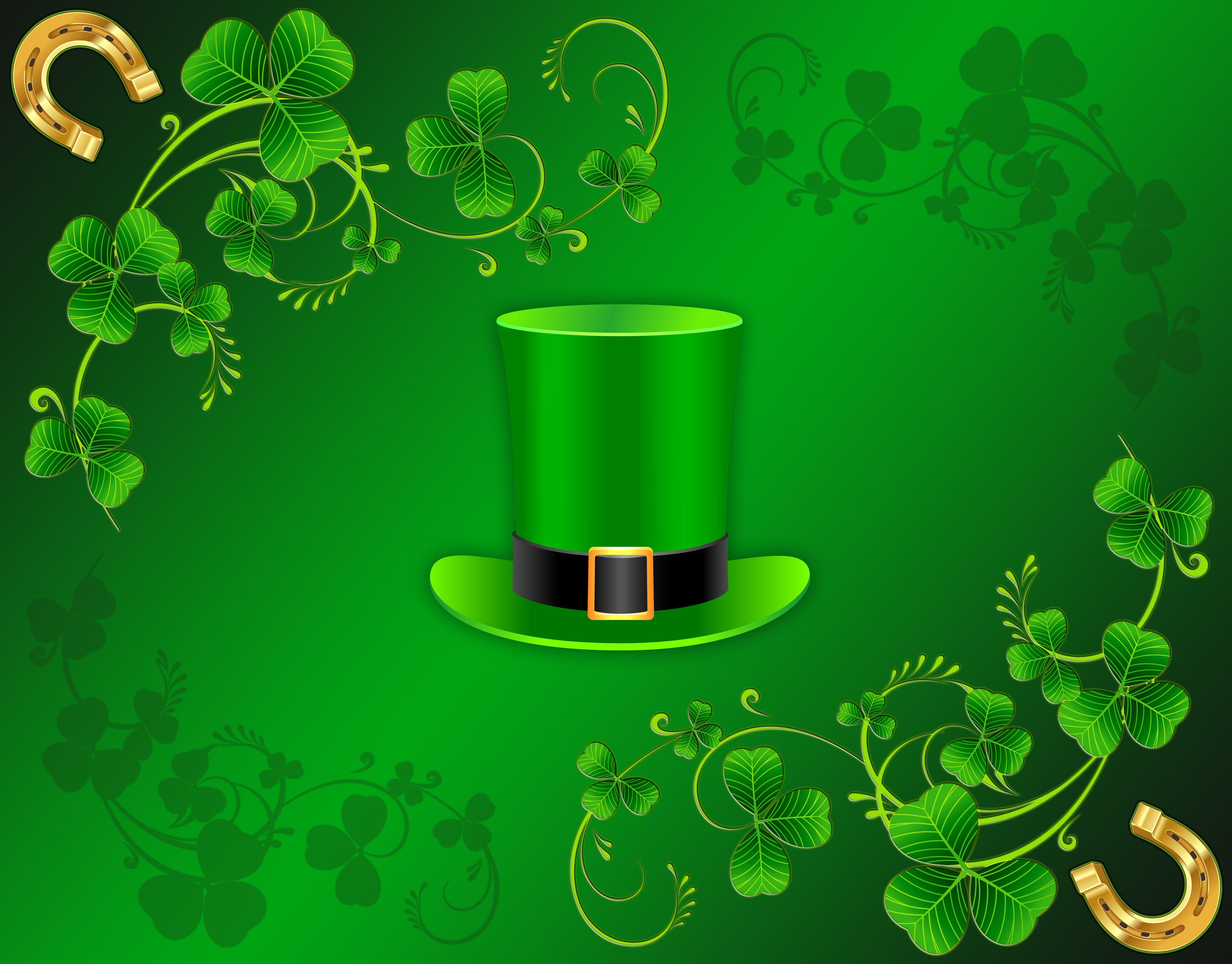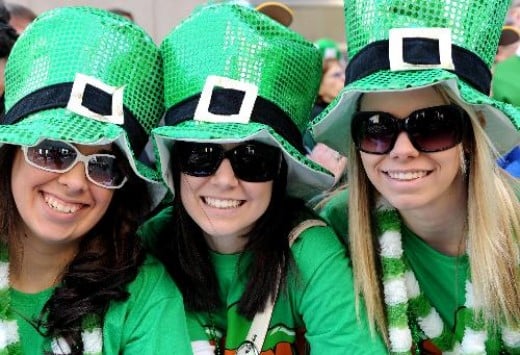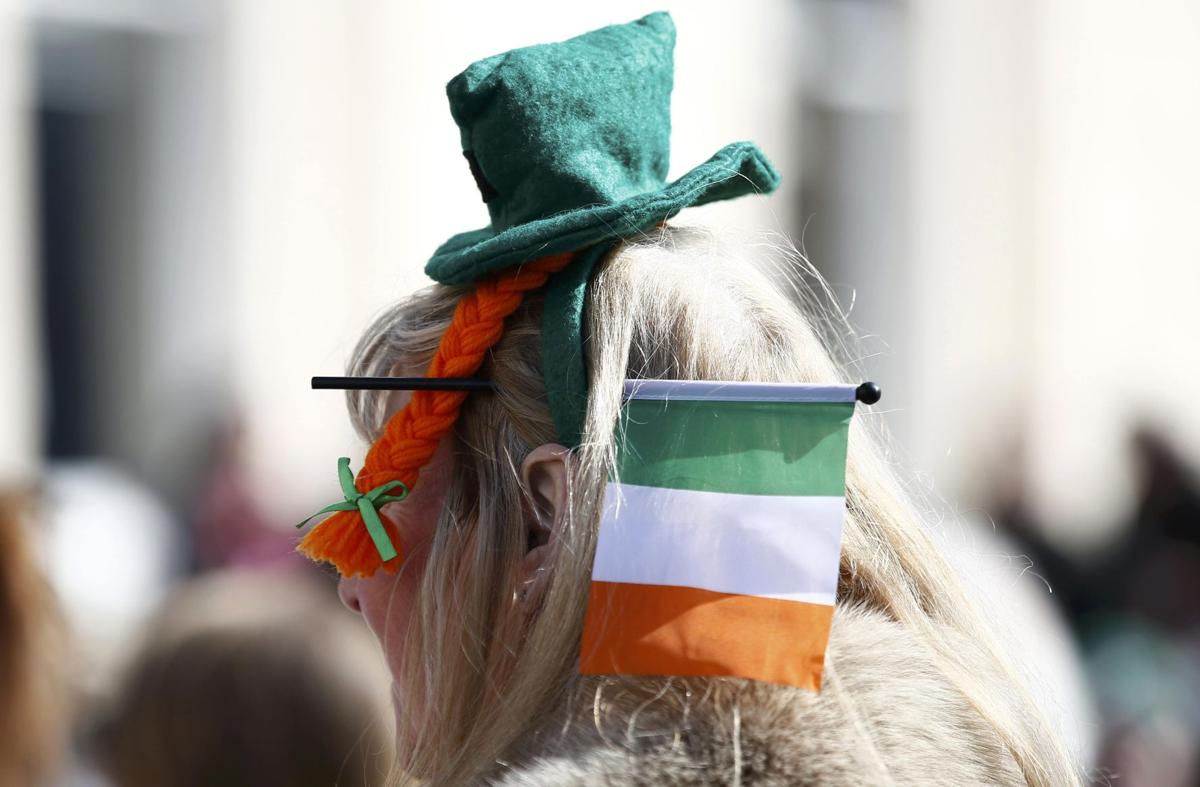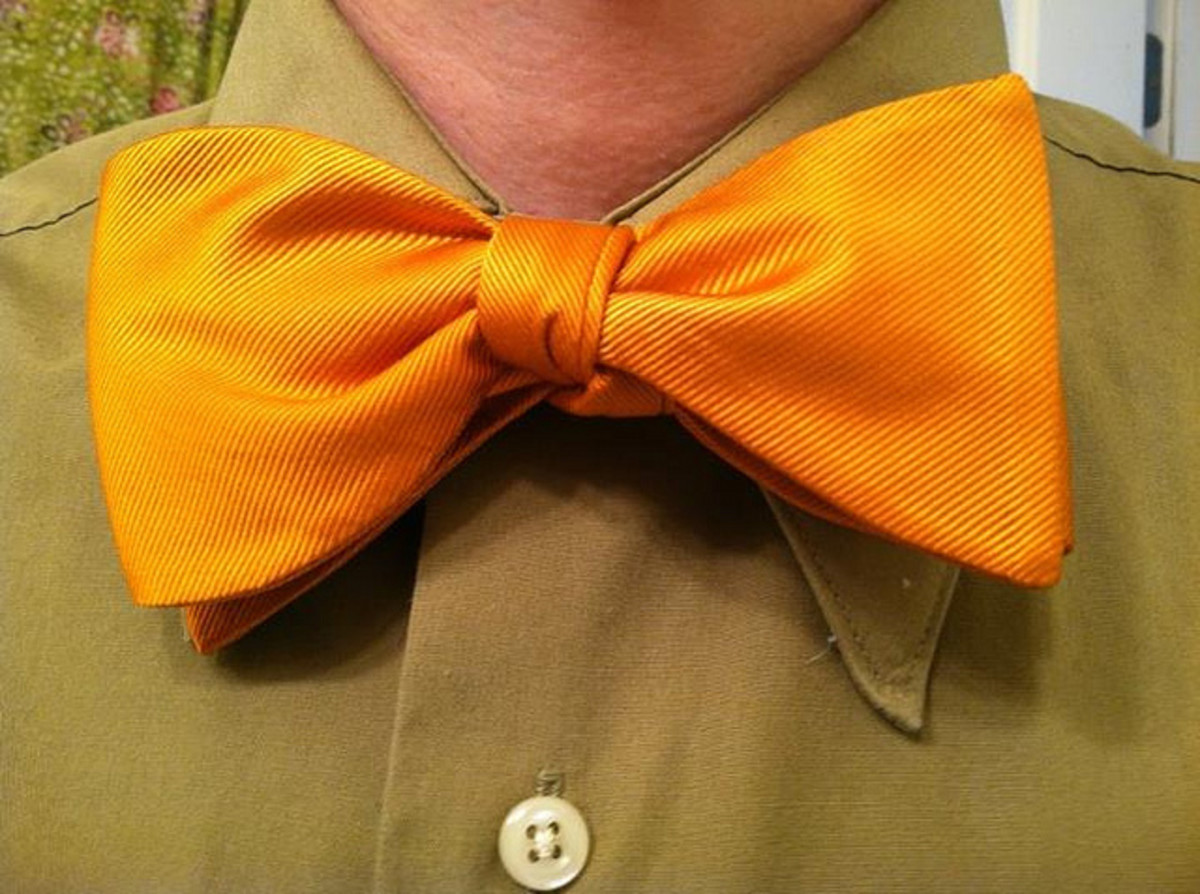Gallery
Photos from events, contest for the best costume, videos from master classes.
 |  |
 |  |
 |  |
 |  |
 |  |
 |  |
The Colors of St. Patrick’s Day in Popular Culture. The colors associated with St. Patrick’s Day have become an integral part of popular culture, from fashion to advertising. In the United States, for example, St. Patrick’s Day is often associated with green beer, green attire, and green decorations. By the 1930s, the custom of wearing green on St. Patrick’s Day had become so widespread that even President Franklin D. Roosevelt, who was of Dutch ancestry, joined in.An article published on SHREVEPORT, La -- March 17 marks Saint Patrick’s Day, and the tradition is familiar to all as the color green rules the day. But not all people wear green on St. Paddy’s Day. Some wear orange. The Best Irish Songs And The Best Irish Films Of All Time For Paddy’s Day; 8 Ways That We Celebrate St. Patrick’s Day In Ireland; The Most Notable St. Patrick’s Day Traditions In Ireland; 17 Tasty St. Patrick’s Day Cocktails To Whip Up At Home; How To Say Happy St. Patrick’s Day In Irish; 5 St. Patrick’s Day Prayers And Blessings Whether you choose to don green or orange this St. Patrick’s Day, let your attire serve as a symbol of respect for all facets of Irish heritage. Conclusion. Wearing orange on St. Patrick’s Day represents a different shade of celebration, symbolizing the Protestant faith and highlighting the complex history and diversity of Irish culture. Revellers attend the Saint Patrick’s Day parade on March 17, 2019 in Dublin, Ireland. Saint Patrick, the patron saint of Ireland is celebrated around the world on St. Patrick’s Day. According to legend Saint Patrick used the three-leaved shamrock to explain the Holy Trinity to Irish pagans in the 5th-century after becoming a Christian To understand why some people wear orange, you first have to understand why people wear green. St. Patrick's Day is a Roman Catholic holiday that was first celebrated in Ireland starting in 1631. The colour blue’s association with Saint Patrick dates from the 1780s, when it was adopted as the colour of the Anglo-Irish Order of St Patrick. Do I wear green or orange on St. Patrick’s day? Catholics are known to wear green on the holiday, and many Protestants wear orange to represent the colors of the flag. We all know green is Incorporating orange and green into St. Patrick’s Day outfits can be a creative way to celebrate and acknowledge Ireland’s diverse heritage. History of Wearing Orange on St Patrick’s Day. Wearing orange on St. Patrick’s Day has its roots in Irish history, specifically, the events surrounding the Battle of the Boyne in 1690. The Dublin Evening Post reported that in a 1785 St. Patrick’s Day ceremony in Dublin, Green represents the Catholics, orange represents the Protestants, and the white in the middle Every March 17th, cities around the world turn green in celebration of St. Patrick’s Day—but why is green the chosen colour? And why do some people wear orange?!While Ireland’s nickname as the Emerald Isle and the shamrock’s deep ties to Irish identity play a role, the association wasn’t always there. To understand why some people wear orange, you first have to understand why people wear green. St. Patrick's Day is a Roman Catholic holiday that was first celebrated in Ireland starting in 1631. St. Patrick’s Day usually conjures images of partying, Catholicism, Irish nationalism and, perhaps most famously, the color green: green clothes, green shamrocks, green beer and green rivers. The answer, according to tradition and a touch of historical context, is: you should probably avoid wearing orange on St. Patrick’s Day. While green is the dominant color of the celebration, orange carries a complicated history in Ireland, and its association with Protestantism can make it a less-than-ideal choice for the festivities. Nonetheless, St. Patrick's Day was co-opted by Protestants, who opted to don their representative orange instead of green for the day. The white stripe separating the green and orange ones on the country's flag is indicative of the unity both religions maintain, meaning there's no bad blood no matter what color you don. Both green and orange are represented in the Irish flag to illustrate the peaceful coexistence of Catholics and Protestants, so both green and orange could be considered St. Patrick’s Day colors. What Was St. Patrick’s Day’s Original Color? Before the sea of green flooded every street and city skyline on March 17th, the original color associated with St. Patrick was a shade of light, sky-toned blue—a hue that has come to be called “St. Patrick’s Blue.” While most St. Patrick’s Day enthusiasts bust out their green clothing on March 17, there are some who would rather wear orange. The reason has everything to do with religion. Why Is It Bad To Wear Orange on St Patrick’s Day? It's considered bad to wear orange on St. Patrick's Day because the color orange is associated with the Protestant community in Ireland, particularly with the Orange Order, which commemorates the victory of Protestant King William of Orange over the Catholic King James II in the Battle of the Boyne in 1690. Neither green nor orange were originally associated with St. Patrick. The 5th-century missionary and bishop actually sported sky blue and even had a light blue shade named after him.
Articles and news, personal stories, interviews with experts.
Photos from events, contest for the best costume, videos from master classes.
 |  |
 |  |
 |  |
 |  |
 |  |
 |  |